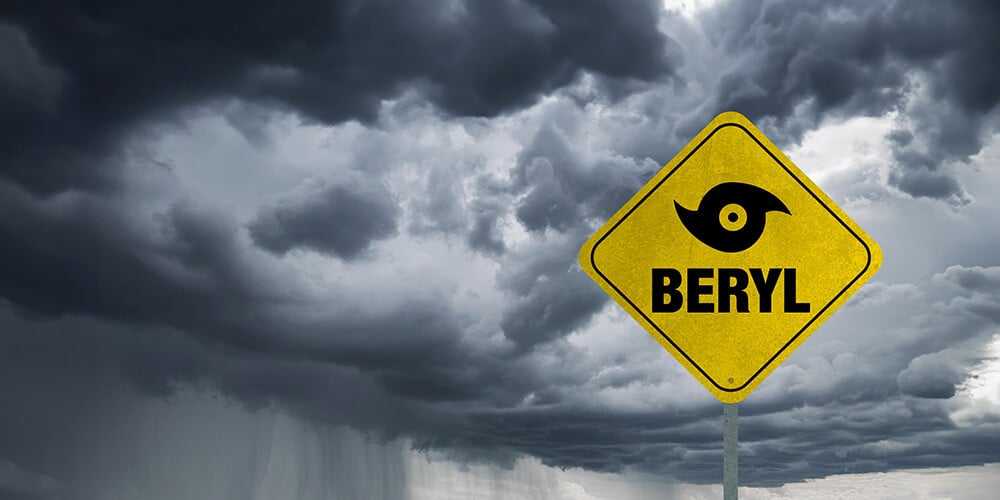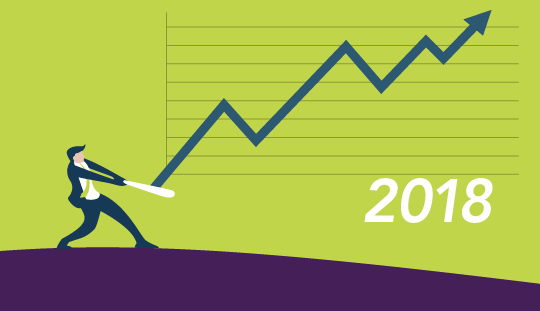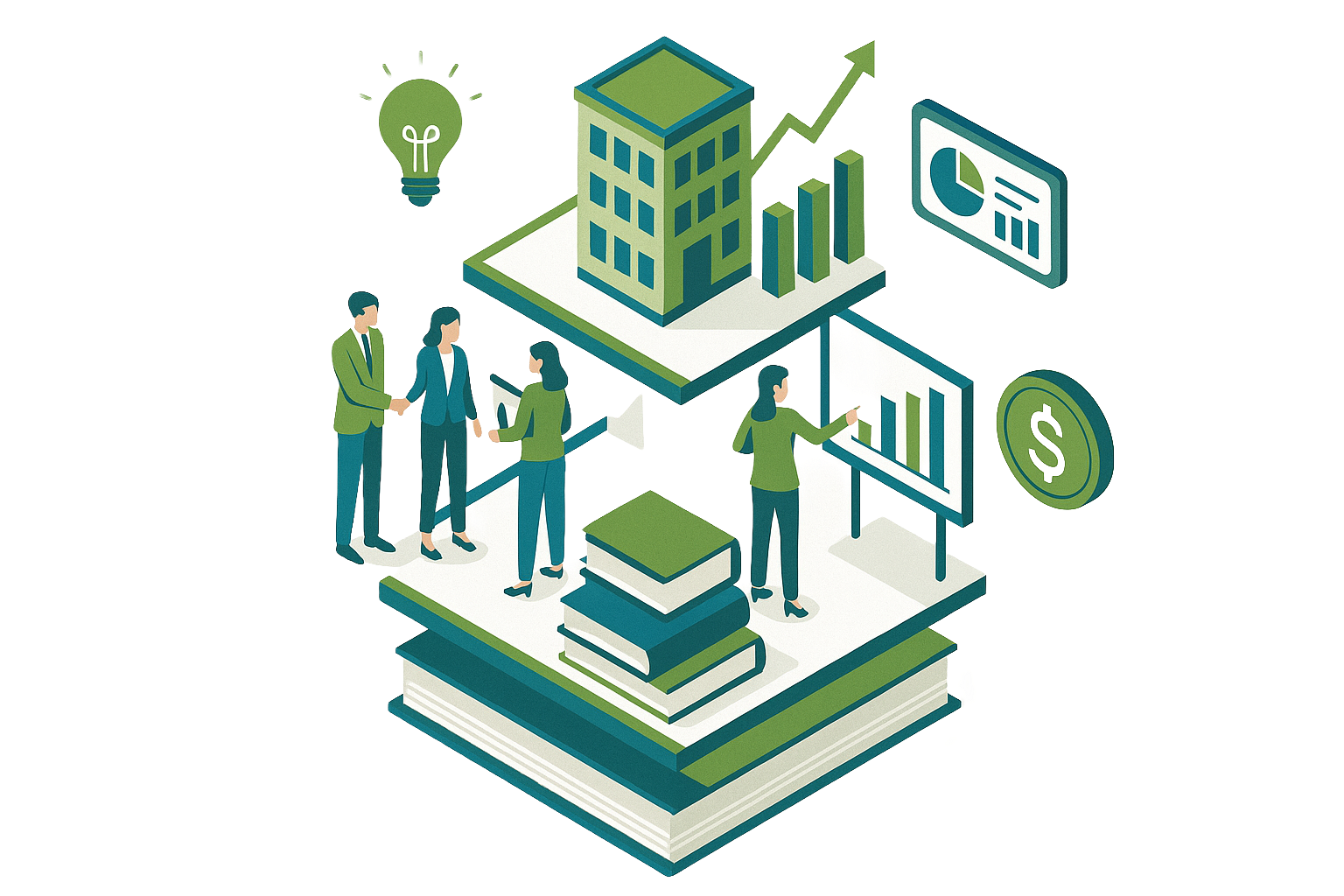Selecting the Right AI Tools for Your Needs
As of mid-2025, large language models (LLMs) have significantly evolved, playing pivotal roles in professional environments like investment banking,...

In early August, Hurricane Beryl swept through the Houston area, leaving a trail of destruction in its wake. The Category 1 hurricane, with winds reaching up to 85 miles per hour, caused significant damage to infrastructure, homes, and businesses. The impact on the business community from loss of power, not to mention property damage, over the ensuing weeks was particularly severe, exposing vulnerabilities in disaster preparedness and response strategies, especially concerning utility services like those provided by CenterPoint Energy.
The Immediate Impact
The immediate aftermath of Hurricane Beryl was chaotic. Power outages were widespread with CenterPoint Energy, the primary electric utility provider in the region, struggling to restore electricity to nearly 3 million people and businesses. In today’s world, the combined loss of power, Wi-Fi, cell coverage, and cable TV generates fear, confusion, and helplessness. In fact, we are so dependent upon technology, the loss of essential services brings the economy to a standstill. Retail stores, manufacturing facilities, and even home-based businesses found themselves unable to operate for weeks or months, leading to personal hardship and substantial economic losses. All of that in the midst of the massive clean-up effort due to downed trees, home damage, and other debris.
Analyzing CenterPoint Energy's Failures
One of the most critical aspects of the crisis was CenterPoint Energy’s inability to effectively communicate, and its failure to manage the scale of the disaster efficiently and effectively. The company faced significant criticism and public backlash for its lack of preparedness and slow response. With Houston’s business sector depending on electricity to function, the delay in restoring power highlighted the need for robust infrastructure and better crisis management practices in utility sectors.
Hurricanes Are Part of Life on the Gulf Coast
Along the Coast, we have hurricanes and Hurricane Beryl was certainly not Centerpoint’s first. Hurricanes are no surprise. We know they are coming. However, not even the latest technology can predict exactly where or when they hit, how quickly they move, the amount of rain or storm surge, the intensity of the winds, or the resulting destruction.
This week, we’ve witnessed the deadly impact of the Category 4 Hurricane Helene as its winds of up to 140 mph battered the panhandle of Florida, claiming more than 40 lives and leaving chaos and ruin as it continued across three additional states.
After Beryl, I thought about how much we depended upon power for all parts of our personal and business lives and what we could learn from Centerpoint’s failures. Other parts of the country have their own sources of disaster (tornadoes, ice storms, snow), but I think the same lessons apply.
Business Lessons from Hurricane Beryl
1. Develop and Maintain an Iron Clad Contingency PlanThe aftermath of Hurricane Beryl underscored the importance of having a detailed and tested contingency plan. Businesses that had backup generators or alternative work sites were able to resume operations quicker than those that did not. Businesses that had data stored in the Cloud versus onsite servers were able to get back to business. This preparedness minimized downtime and mitigated some of the economic losses. A strong contingency plan is essentially your firm’s “backup generator” that kicks in automatically when a crisis occurs. A contingency plan locked away in a document is the same as no plan at all. The key here is to make sure that all team members understand the plan and know exactly what to do. Revisit the plan at least twice a year to ensure that nothing has changed regarding processes, data location, communication plans, or service providers.
2. First Priority: Show Concern for EmployeesCompanies that prioritized the safety and well-being of their employees fared better in maintaining morale and productivity during and after the hurricane. Implementing flexible work arrangements, ensuring clear communication about safety protocols, and providing emotional support and concrete recovery efforts helped sustain operations and safeguarded employees. Employees are the lifeblood of organizations. Putting employees first is good for them and good for business.
3. Over-Communicate with ClientsTransparent and regular communication with clients during a crisis is crucial. This is where Centerpoint dropped the ball. Their silence was deafening! Businesses that proactively informed stakeholders about their operational status, potential disruptions, and recovery plans maintained stronger relationships. This communication should be a two-way street, where businesses also listen to their customers' concerns and adjust their recovery efforts accordingly. During Hurricane Beryl, we notified our clients before, during, and post disaster. Create a plan that includes who is to communicate with clients, who approves messages, and the communication frequency. If you have professionals who manage client relationships, keep them in the loop regarding all client communications. Think about the location of data. Is your client list easily accessible to the person in charge of the communication and is it current? Does it contain all the needed information you need to communicate? What channels will be utilized (website, email, social, client portal, telephone, text, etc.)?
4. Emergency Preparedness PlanBeyond having a general business continuity plan, specific emergency preparedness plans tailored to natural disasters like hurricanes are essential. These plans should include details such as emergency supplies, data backups, and roles and responsibilities during a crisis. The attitude toward planning should not focus on “if” a crisis occurs – but “when”.
5. Crisis Communication PlanningEffective communication during a crisis requires planning. Businesses should have a designated crisis communication team with clear roles and protocols for disseminating information internally and externally. Regular training and simulations can help prepare this team for actual events.
Other Key Business Lessons
Diversification of Supply Chains
Reliance on local suppliers can be risky in areas prone to natural disasters. Diversifying supply chains geographically can prevent massive disruptions. Businesses that had alternative suppliers were less affected by local supply chain interruptions caused by the hurricane. Having an agreement in place is necessary for critical operations. Centerpoint announced pre-Beryl that line workers from as far away as Indiana were on standby to restore power quickly to the Houston area. Yes, they were on standby, and they did come to our city, but they sat in parking lots around town unable to jump into action because agreements were not in place. As you can imagine, people without power were beyond frustrated as they witnessed tens of trucks in parking lots sitting idle while the citizens and businesses were suffering.
Insurance and Financial Planning
Adequate insurance coverage is indispensable in regions prone to natural disasters. Businesses should regularly review their policies to ensure they have comprehensive coverage for all possible scenarios. Additionally, maintaining a reserve fund for emergencies will provide an extra layer of financial security.
Community Engagement and Corporate Responsibility
Businesses that engage with their communities and contribute to local recovery efforts will build significant goodwill and strengthen their brand reputation. Acts of corporate responsibility resonate well with consumers and will lead to long-term loyalty and trust. Following Hurricane Harvey in 2017, the Texas-based jewelry company, James Avery, initiated a campaign where they donated 100% of the proceeds from its “Deep in the Heart of Texas” charm, raising nearly $2 million for disaster relief.
Final Thoughts
The devastation wrought by Hurricane Beryl is a stark reminder of the fragility of our urban infrastructures and the importance of robust planning in the face of natural disasters. The lessons learned from the hurricane's impact on Houston’s business community emphasize the need for comprehensive emergency preparedness, better infrastructure resilience, and a commitment to employee and community well-being.
As we witness the devastation caused by Hurricane Helene, a Category 4 hurricane that made landfall in the panhandle of Florida, it is even more critical to prepare. Businesses that adopt these lessons will not only enhance their ability to withstand future disasters, but also position themselves as leaders in corporate responsibility and community engagement. Remember, disaster and unfor
The Hollinden Point of View brings you monthly insights tailored to helping you grow your firm.

As of mid-2025, large language models (LLMs) have significantly evolved, playing pivotal roles in professional environments like investment banking,...

7 min read
Welcome to 2018. The start of a new year is a time for reflection, focus, determination, and goal-setting. If you are like more than 132 million...

For middle-market accounting firms, growth is both an opportunity and a necessity. A $20 million firm with five offices has already built a strong...